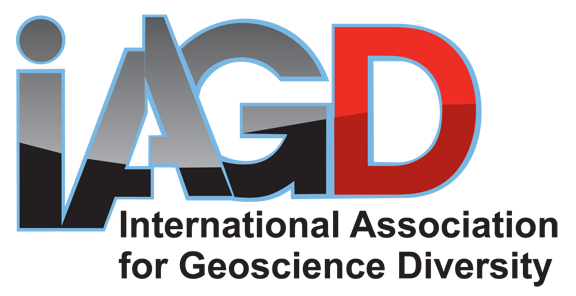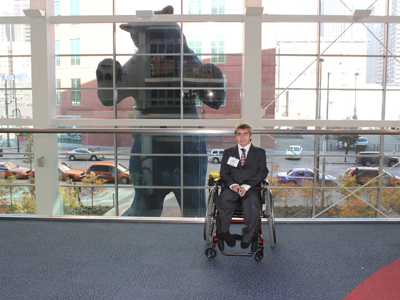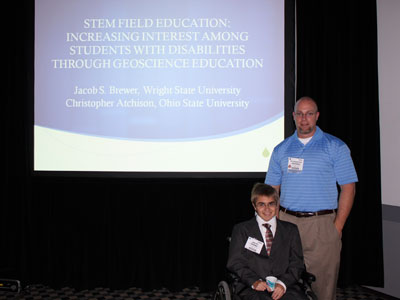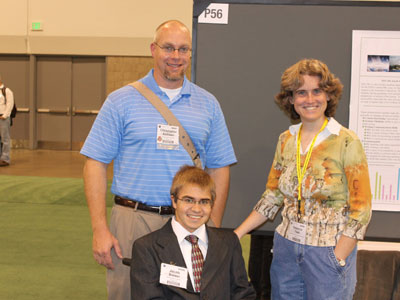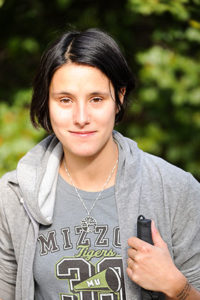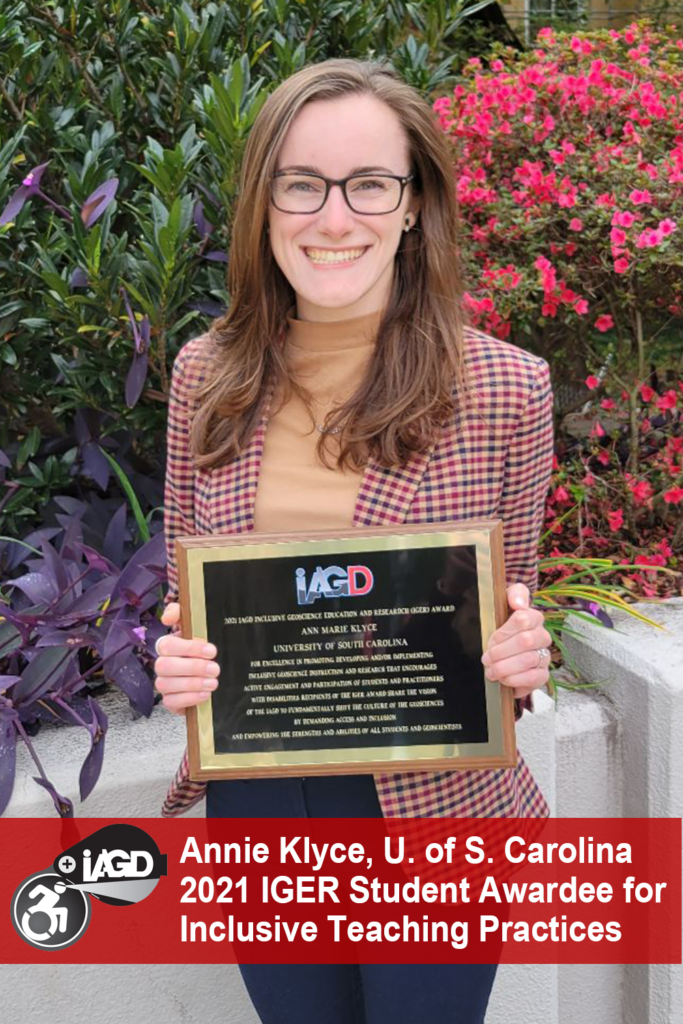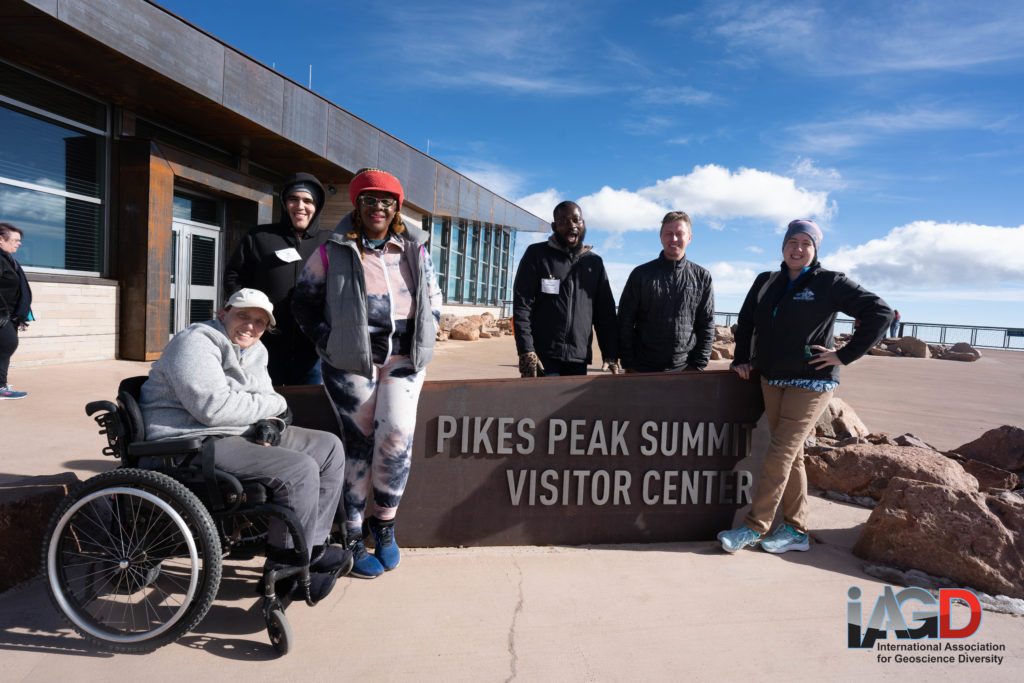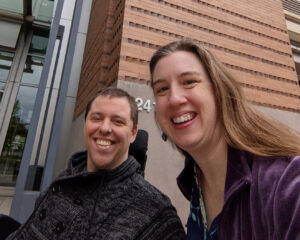Ohio’s STEM Ability Alliance (OSAA) Scholar Presents at the Geological Society of America Annual Meeting
Jacob B., an undergraduate Human Factors Psychology student at Wright State University presented his recent field experience in a paper entitled “STEM Field Education: Increasing interest among Students with Disabilities through Geoscience Education” at the annual meeting of the Geological Society of America held in Denver, Colorado, October 31 – November 3, 2010. The presentation discussed that encouraging students with disabilities to pursue Science, Technology, Engineering and Mathematics (STEM) careers is imperative to expanding diversity and enhance innovation and accessibility in the STEM disciplines.
Due to extensive educational field requirements, geology is one particular field of science not traditionally accessible to students with disabilities. The reported work was part of a larger study conducted by researchers at The Ohio State University and sponsored by the National Science Foundation and Ohio’s STEM Ability Alliance in which a group of students with various mobility impairments completed both classroom and field instruction in cave and karst geology systems.
Students first obtained an understanding of basic geologic concepts and processes and given an opportunity to explore these concepts at Mammoth Cave National Park. As a student member of the project, Jacob’s presentation provided a first-hand account of the cave geology field experience and offered the case for encouraging other students with disabilities to pursue opportunities in geology. (Credit: OSAA Dayton; images: IAGD)
- Jacob B., an undergraduate Human Factors Psychology student at Wright State University with Chris Atchison at the GSA in Denver in 2010
